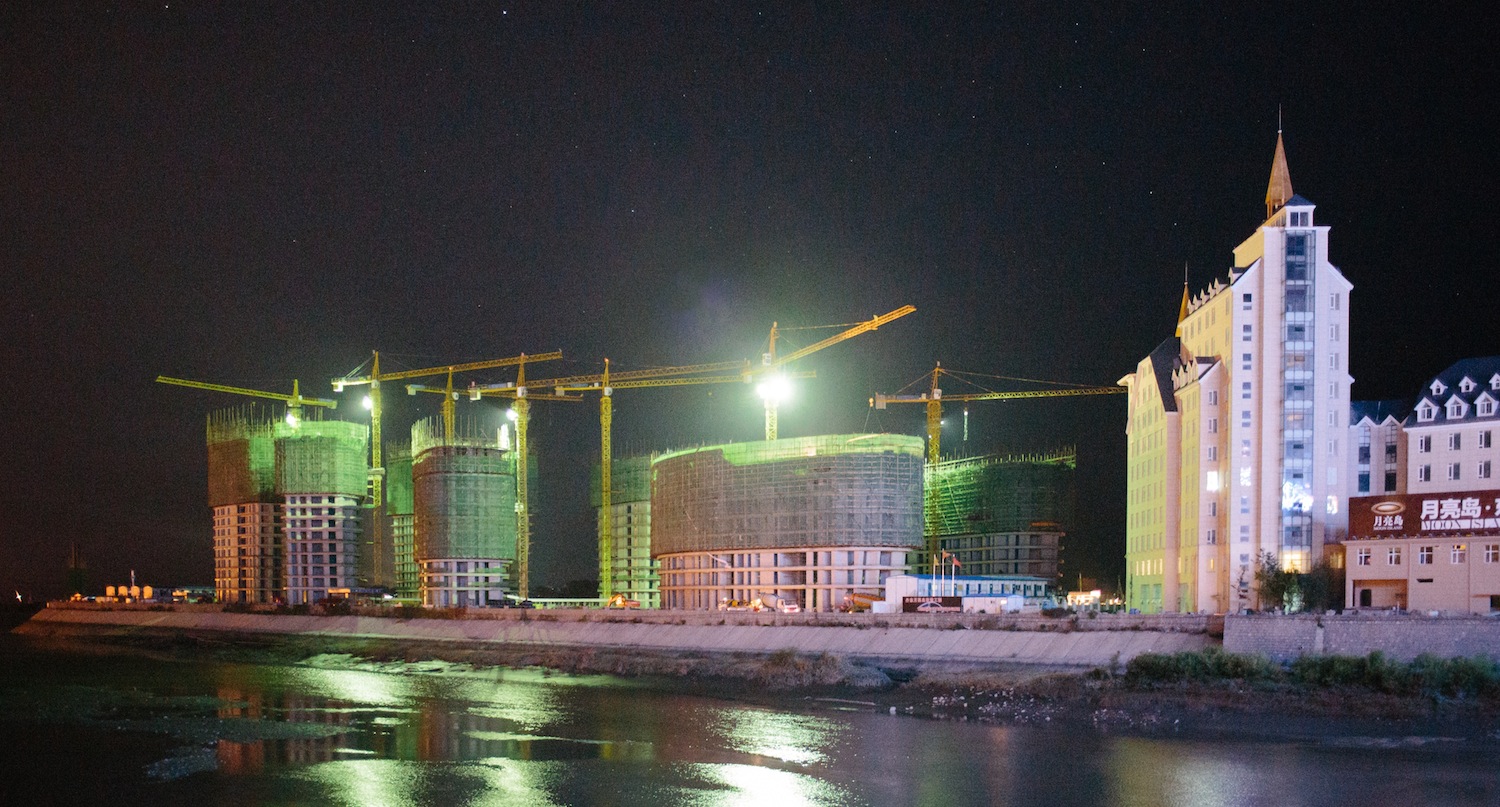Three countries—The United States, China, and India—will account for nearly three-fifths of worldwide construction growth over the next 15 years. However, their respective expansions are expected to vary markedly.
In their latest report, “Global Construction 2030,” Global Construction Perspectives and Oxford Economics estimate that annual worldwide construction activity would increase by an average of 3.9% over the next decade and a half, or one percentage point higher than the projected global GDP over that period.
The report forecasts that construction output will expand by 85% to $15.5 trillion worldwide in 2030, with the U.S., China, and India accounting for 57% of that growth. While China should remain the world’s largest construction market, its building activity is slowing and will increase “only marginally” during these years.
U.S. construction, on the other hand, is expected to grow at a 5% per year clip. America’s southern states will be the country’s construction engine over this period. And four metropolitan areas—New York, Chicago, Los Angeles, and Houston, which aggregately are home to 15% of the U.S. population—alone should account for 27% of the country’s entire construction output over this period.
Even as speculation, this report is good news for American construction workers whose industry has yet to recover fully from the last recession. Construction unemployment rate in October fell to its lowest level since 2007, according to the Bureau of Labor Statistics. But there were 6.43 million construction workers employed in the U.S. in October, compared to 7.73 million in April 2006.
Census Bureau data show that construction spending in the U.S. has been rising since February 2011—when it was just shy of an annualized $755 billion—to $1.09 trillion in September 2015. But that latest figure still falls short of the last peak, $1.213 trillion in March 2006.
Back on the world stage, India is on pace to surpass Japan as the world’s third-largest construction market by 2021, and grow at twice the rate of China through 2030, says Graham Robinson, Global Construction Perspectives’ executive director. He notes that India’s urban population over the next 15 years is expected to increase by a “staggering” 165 million, with Delhi alone adding 10.4 million people to become the world’s second-largest city.
The report sees only modest construction growth going on in Europe, which might not reach pre-recession levels again until 2025. The exception could be the United Kingdom, which the report sees overtaking Germany as the world’s sixth-largest construction market by 2030.
On the other hand, “the current weakness in most emerging countries [such as Brazil, Indonesia, and Russia] is likely to be temporary, with higher growth rates soon returning,” writes Mike Betts of Global Construction Perspectives.
The full report can be downloaded (single user license) for £1,875 ($US2,851).
Related Stories
Building Team | Apr 22, 2022
EarthCam Adds Senior Leadership Roles to Facilitate Rapid Growth
EarthCam today announced several new leadership positions as it scales up to accommodate increasing demand for its webcam technology and services.
Architects | Apr 22, 2022
Top 10 green building projects for 2022
The American Institute of Architects' Committee on the Environment (COTE) has announced its COTE Top Ten Awards for significant achievements in advancing climate action.
Mixed-Use | Apr 22, 2022
San Francisco replaces a waterfront parking lot with a new neighborhood
A parking lot on San Francisco’s waterfront is transforming into Mission Rock—a new neighborhood featuring rental units, offices, parks, open spaces, retail, and parking.
Legislation | Apr 21, 2022
NIMBYism in the Sunbelt stymies new apartment development
Population growth in Sunbelt metro areas is driving demand for new apartment development, but resistance is growing against these projects.
Building Team | Apr 20, 2022
White House works with state, local governments to bolster building performance standards
The former head of the U.S. Green Building Council says the Biden Administration’s formation of the National Building Performance Standards Coalition is a “tremendous” step in the right direction to raise building performance standards in the U.S.
Market Data | Apr 20, 2022
Pace of demand for design services rapidly accelerates
Demand for design services in March expanded sharply from February according to a new report today from The American Institute of Architects (AIA).
Multifamily Housing | Apr 20, 2022
A Frankfurt tower gives residents greenery-framed views
In Frankfurt, Germany, the 27-floor EDEN tower boasts an exterior “living wall system”: 186,000 plants that cover about 20 percent of the building’s facade.
AEC Tech | Apr 19, 2022
VDC maturity and the key to driving better, more predictable outcomes
While more stakeholders across the AEC value chain embrace the concept of virtual design and construction, what is driving the vastly different results that organizations achieve? The answer lies within an assessment of VDC maturity.
Healthcare Facilities | Apr 19, 2022
6 trends to watch in healthcare design
As the healthcare landscape continues to evolve, IMEG’s healthcare leaders from across the country are seeing several emerging trends that are poised to have wide-ranging impacts on facility design and construction. Following are six of the trends and strategies they expect to become more commonplace in 2022 and the years to come.
Energy-Efficient Design | Apr 19, 2022
A prefab second skin can make old apartments net zero
A German startup is offering a new way for old buildings to potentially reach net-zero status: adding a prefabricated second skin.
















